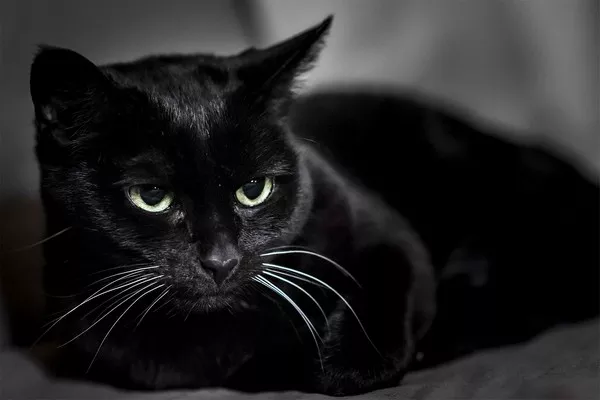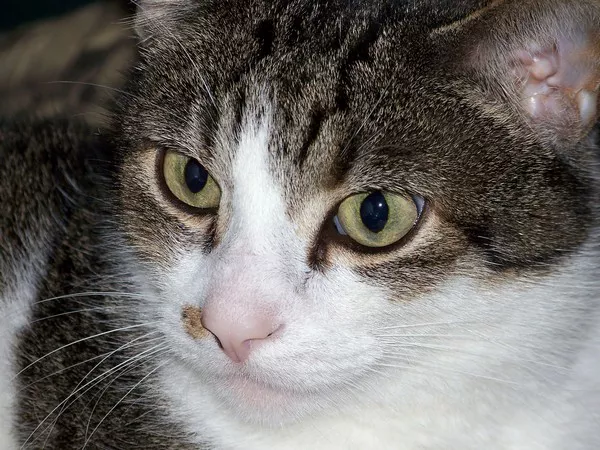Hairless cats, often referred to as Sphynx cats, are a distinctive and captivating breed that has piqued the curiosity of cat enthusiasts worldwide. Known for their striking appearance and unique features, hairless cats are a breed that leaves a lasting impression. In this exploration, we delve into the fascinating world of hairless cats, dissecting their appearance, physical characteristics, and what sets them apart from their furry counterparts.
The Sphynx Cat: An Overview
The Sphynx cat is perhaps the most recognized breed when it comes to hairless cats. Originating in the 1960s, this breed is a result of selective breeding, and it’s important to note that not all hairless cats are Sphynx cats. The Sphynx is known for its striking and distinctive look, characterized by its hairlessness, large ears, and wrinkled skin. However, there are other breeds, such as the Peterbald and the Donskoy, which also exhibit hairlessness, each with unique variations in appearance.
Hairlessness and Skin
The most obvious feature of hairless cats is their lack of fur. Their skin is usually soft to the touch and feels warm, as it’s in direct contact with their bodies. This exposes the cat’s skin to light, which is a contributing factor to their overall warmth. Without fur, hairless cats require special care to maintain their skin’s health, including regular baths to remove the natural oils that accumulate on the skin.
Physical Characteristics
Size: Hairless cat breeds are typically medium to large in size, with a muscular and sturdy build. Male cats often tend to be larger than females.
Ears: One of the defining characteristics of the Sphynx and other hairless breeds is their large ears, which are often wide at the base and come to a point at the tip. These ears add to the overall striking and unique appearance of the breed.
Wrinkles: Hairless cats may have loose, wrinkled skin, particularly around the head and neck. These wrinkles contribute to their distinctive look, adding to the allure of these cats.
Coloration and Patterns
Hairless cats can come in a variety of colors and patterns, much like their furry counterparts. Some common coat colors and patterns for hairless cats include:
Solid Colors: Hairless cats can be found in solid colors such as white, black, gray, and various shades of brown. Solid coloration showcases their skin texture and can make their features even more prominent.
Tabby Patterns: Many hairless cats exhibit tabby patterns with stripes or swirls on their skin. These patterns create an interesting visual contrast against the hairless background.
Color Points: Some hairless cats have color points, similar to Siamese cats, where their ears, face, paws, and tail are a darker color than the rest of their body.
Facial Features
Hairless cats have distinct facial features that make them easily recognizable:
Eyes: These cats often have large, expressive eyes, which can range in color from blue to green and gold. Their lack of fur draws attention to the eyes, making them even more captivating.
Nose and Whisker Pads: Hairless cats may have prominent noses and whisker pads. The absence of fur accentuates these features and adds to the cat’s overall charm.
Whiskers: Hairless cats typically have vibrissae, or whiskers, which are essential sensory organs. While the whiskers themselves are hairless, their presence is an important aspect of the cat’s sensory perception.
Warmth and Sensitivity
Hairless cats, due to their lack of fur, can feel warm to the touch. Their skin is exposed to environmental conditions, and as such, they should be protected from extreme temperatures. During colder weather, they may require additional warmth to prevent discomfort. In contrast, they are sensitive to direct sunlight and can be prone to sunburn. Protective measures, such as sunscreen or clothing, are often recommended for outdoor activities.
Health Considerations
The absence of fur in hairless cats makes them susceptible to certain health concerns. Their skin is more vulnerable to damage, and they are prone to skin conditions such as rashes and fungal infections. Regular bathing is crucial to maintain skin health, and moisturizers can be used to prevent dryness. Additionally, frequent cleaning of the ears and eyes is necessary to prevent the buildup of oils and debris.
Personality and Temperament
Hairless cats, particularly Sphynx cats, are known for their outgoing and sociable personalities. They are often described as affectionate, playful, and curious. They enjoy human company and thrive on attention. These cats are social and tend to form strong bonds with their owners, making them wonderful companions.
Conclusion
Hairless cats, with their unique and striking appearance, are a captivating breed that has earned a special place in the hearts of cat lovers. While their lack of fur may require additional care and attention to protect their skin, their affectionate and sociable nature makes them wonderful companions. Their distinctive features, including large ears, wrinkles, and expressive eyes, only add to their allure. Whether you’re considering bringing a hairless cat into your home or simply intrigued by their unique appearance, these cats are truly a breed apart in the feline world, known for their warmth, affection, and captivating charm.

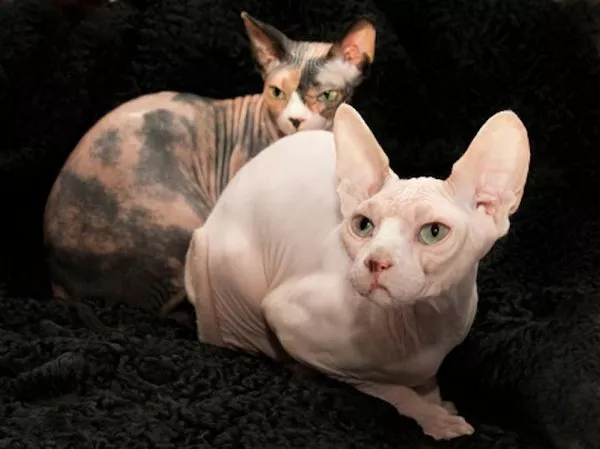
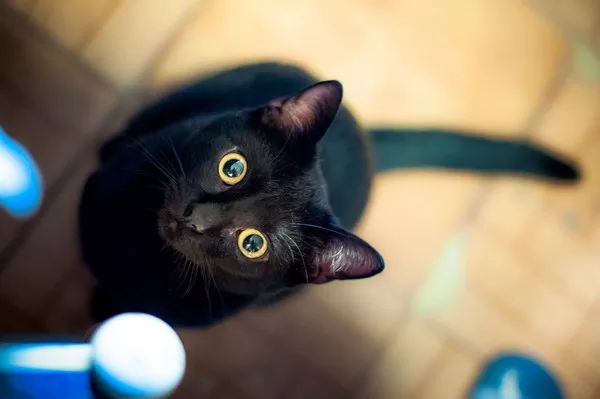



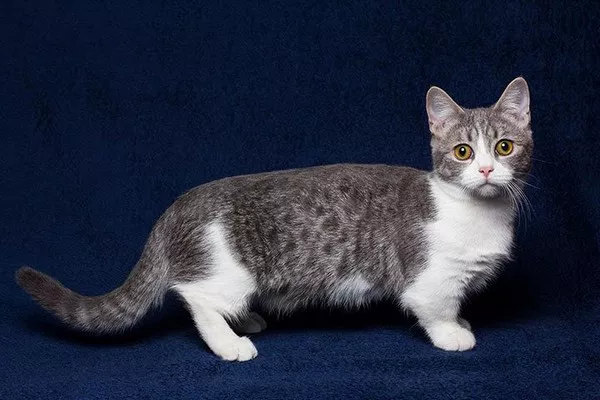




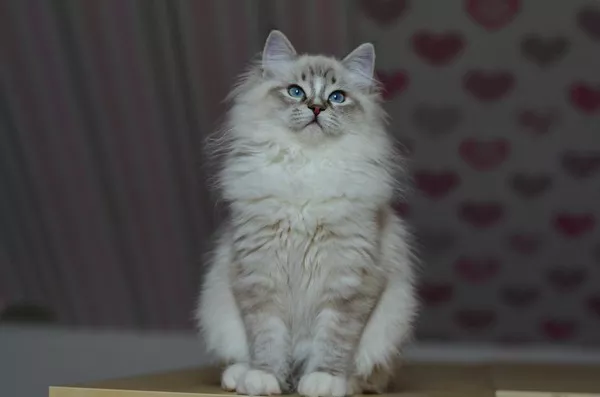
![Are Birman Cats Cuddly?[Revealed!]](https://www.catsmeowweb.com/wp-content/uploads/2023/06/birman-cat-27.webp)
